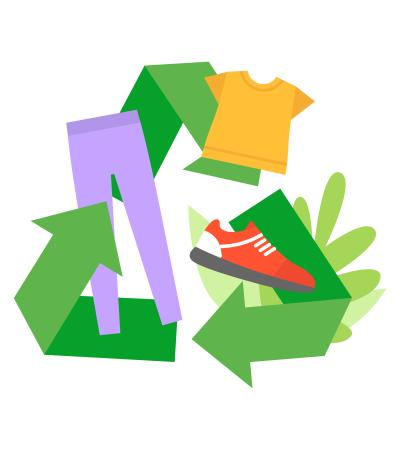Inspired by the book "Cat Castles: 20 Cardboard Habitats You Can Build Yourself" by Carin Oliver, we invited customers to use their creativity and build a cardboard house for their cat or small pet.
Advanced Planning
Librarian Cathy Bakken discovered the book “Cat Castles” about three months before the first program, which took place in September 2017. The idea came to her immediately that this would make a great hands-on family program, and she scheduled it via our meeting room software and public calendar.
About six weeks prior to the first program, staff at several branches began to save all kinds of boxes (cereal, cracker, large and small; our IT department provided some large boxes when they bought equipment), cardboard tubes of all kinds, oatmeal canisters, etc. We purchased dollar store wrapping paper in vibrant, modern colors and patterns for people to decorate their boxes, as well as uncoated sisal rope from Amazon.
A few weeks before the program, Cathy made a PowerPoint presentation listing instructions, some of the tips from the book about materials appropriate for cats, and scanned images from the book for inspiration. (View the presentation under Attachments at right.)
Marketing
We promoted this event via our biweekly newsletter, the library’s Facebook events page, and via in-branch signage and TV screens. (View promotional samples under Attachments at right.)
Budgeting
We used boxes and materials we accumulated over the year. A fun way to recycle (and a very inexpensive way to build cat castles)!
You don’t have to provide too many “extras,” like the wrapping paper or sisal rope; people can always purchase these items and add them to their cat castles later.
Day-of-event Activity
Shortly before the first program, Cathy collected box knives and tape dispensers for 2-inch and 1-inch tape from two library branches, and brought some from home. She had some cardboard cutting tools from a Makedo set that kids could use, but it didn’t produce great cuts (although some kids did use those pieces). She also gathered several T squares (both 3-foot and 1-foot size) for making straight cuts.
She set out couple of bowls for people to trace different-sized circles to cut out round holes for their cats to climb in and out. She also set out regular twine — someone used that to make a drawbridge that could be pulled up.
No handouts were provided. Instead, we used the PowerPoint at the beginning to instruct the attendees then let them "go at it." Staff was also on hand to help people get the supplies they needed. The tape dispensers were very popular, as were the box knives.
We provided extra cardboard, laid on our four work tables, as pads for cutting on. We also had one table at the front with making/decorating supplies for people to select from, and one table with all the actual cardboard building supplies under it and on top.
Program Execution
So far, we’ve offered this program three times at three different branches. Each program was held on a Saturday, with no registration required and no limit on number of attendees.
Participants were very happy and had a great time at each program. So far, we’ve had 100 total people participate, with another program planned for April.
The Wall Street Journal even featured our library’s program in their article entitled “What’s in Those Leftover Holiday Shipping Boxes? Cats.” (PDF version of article also available under Attachments at right).




